US-India-Sri Lanka triad will be beneficial for IOR and Indo-Pacific
Trade instruments like the South Asian Free Trade Area (SAFTA) and the Indo-Sri Lanka Free Trade (ISFTA) agreements are some of the gainful tools with which the US can use to access South Asia’s consumer markets, write Srimal Fernando and Vedangshi Roy Choudhuri for South Asia Monitor
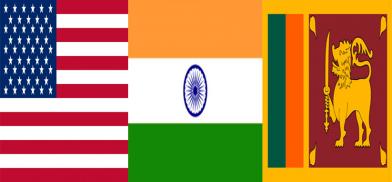
The relationship and the formulation of US foreign policy with the South Asian nations have gone through a metamorphic change, considering the continuing focus on the Indian Ocean region. Renaming Asia-Pacific as Indo-Pacific has been a significant change that reshapes the interests and the interdependency of the US with India and other South Asian democracies.
India is one of the significant beneficiaries of the new thrust of US foreign policy. Sri Lanka's geographic location in the Indian Ocean makes it vital to propel India's strategic interests. The nature of relations with Sri Lanka will decide India's future in its favour for regional continuity, promote strategic interests, and strengthen the economic prosperity of each other.
South Asia and US foreign policy
From the mid-2000s, there has been a demonstrated exertion by the respective heads of the US towards more grounded commitment with South Asian nations like India.
Former President George W Bush gave a new dimension to the India-US relationship by supporting the India-US Civil Nuclear Agreement and during President Barack Obama's presidency and President Donald Trump bilateral trade between India and the US had expected to multiply by five-fold. The presidential campaigns of ‘Stronger Together’ and ‘Make America Great Again’ respectively reiterated fortifying US domestic policies along with engaging the South Asian regions.
Under the current administration, the enhanced US international foreign policy is likewise is lining up with India through the Indo-Pacific approach to offset the impact of different powers in this region. India's rising position of authority in the area and within the various membership forums, for example, the Association of Southeast Asian Nations (ASEAN) and the South Asian Association for Regional Cooperation (SAARC), brings pertinence for reinforcing the partnership and to ensure the basic interests of the US and India.
The increasing interdependencies of India and the US across numerous fronts are established on basic key interests. The top of the list has been to balance China's endeavors at flexing its muscles in the Indo-Pacific region, including in the Indian Ocean Region (IOR), that lends passage to the world's 30 percent of container traffic and oil traffic.
China’s growing influence in IOR
China is increasingly asserting its interests in the region. Around 80 percent of China’s oil imports come through the Malacca Strait, the Indian Ocean’s busiest ‘chokepoint.’ China has been aggressively expanding its impact and shifting its India strategy to secure its ocean lines of correspondence in the Indian Ocean. (US Department Of State, 2018)
China's approach of collaborating with small island countries has a few gains, but also some downsides too. Sri Lanka is strategically located in the region given its proximity to important sea lanes of communication. In 2009, the United States Senate’s Foreign Relations Committee stated that “Sri Lanka’s strategic importance to the United States, China and India is viewed by some as a key piece in a larger geopolitical dynamic.”
The geopolitical and key position Sri Lanka enjoys in the Indian Ocean has become the most pivotal aspect of China's Belt and Road Initiative (BRI). Sri Lanka's geostrategic location makes it a significant regional hub for travel routes. China’s role in Sri Lanka, which has grown remarkably in recent years, is all set to expand geographically further. It all began when China-funded building the controversial port in Hambantota, which is additionally often referred to as one of the pilot projects by Beijing for the Belt and Road Initiative (BRI). China’s growing influence in the region should impel the US to reinforce strategic ties with both India and Sri Lanka.
US diplomacy with the Indian subcontinent and its neighbors in the course of seven decades has changed extensively. The nature of the association of the US with the South Asian countries has shifted with time as the US national interest has experienced various phases of development. US foreign policy expectations from the South Asian nations include increased leadership and management as well as the establishment of the rule of law and liberalization in the region.
The US is the fifth largest investor in India, and it is showing a steady growth year on year. In 2019, US investments in India were valued at approximately $ 45 billion. India-US bilateral relations have developed into ‘global strategic partnership,’ based on shared democratic values and commercial interests. The bilateral cooperation between the two nations is broad-based and multi-sectoral.
Sri Lanka’s key position
The US considers Sri Lanka as a passage to the Indian Ocean and a key partner in the Indo-Pacific region. Its proximity to India and being an island country gives Sri Lanka pivotal significance in keeping up their political and financial relationship. Washington has given ‘exceptional’ significance to Sri Lanka since 1956.
India is a close ally of the US and is pushing for more grounded ties with its southern neighbor, Sri Lanka, under its 'Neighborhood First' foreign policy doctrine. India's expected economic growth in the forthcoming years will drastically affect Sri Lanka. The island nation is India's biggest trading partner among the SAARC economies and thus makes India one of its largest trade and investor amounting to $ 5.3 billion, according to the Indian High Commission in Colombo in 2019.
Trade instruments like the South Asian Free Trade Area (SAFTA) and the Indo-Sri Lanka Free Trade (ISFTA) agreements are some of the gainful tools with which the US can use to access South Asia’s consumer markets.
The India-Sri Lanka association will reinforce both maritime security and trade in this region. In this unique circumstance, both India and Sri Lanka are situated at a geostrategic location in the Indian Ocean with bearing on the economic future of these nations. The good relations the US has with both India and Sri Lanka could lead to further development of their mutually beneficial association in the IOR.
(The writer is a Ph.D. holder in international Affairs and a recipient of the O.P Jindal Doctoral Fellowship and the SAU Scholarship under the SAARC umbrella. Vedangshi Roy Choudhuri is pursuing a Bachelor of Arts in Journalism and Mass Communication at the Jindal School of Journalism & Communication (JSJC). The views expressed are personal)






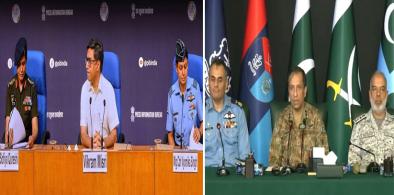
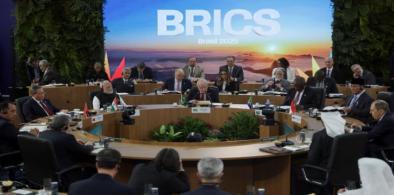
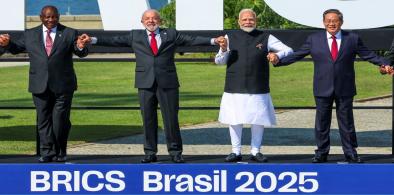
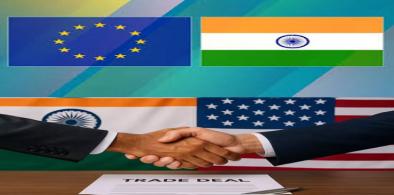

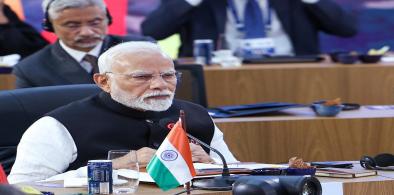

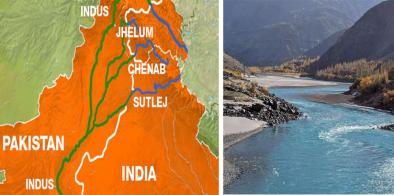






Post a Comment